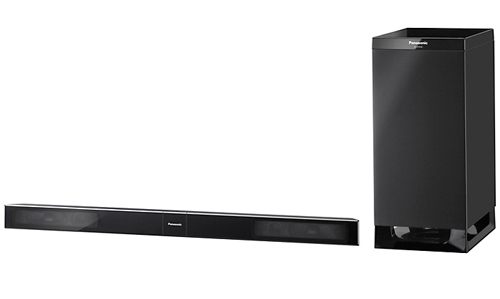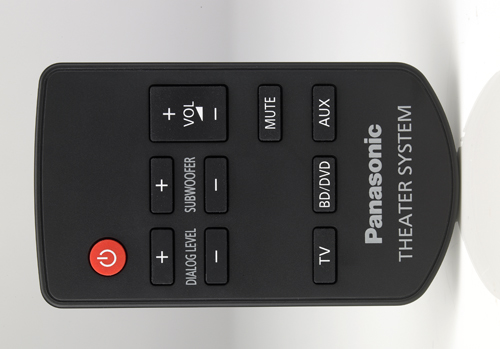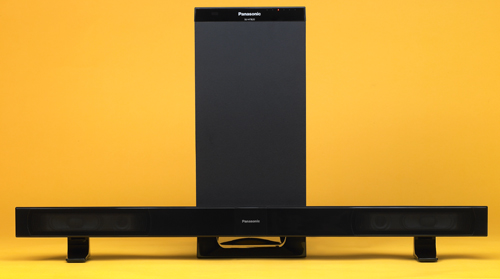What Hi-Fi? Verdict
A poor implementation of a neat concept, with poor sound to boot. Disappointing
Pros
- +
Transformer, soundbar in disguise
Cons
- -
Poor sound
- -
Poor user interface
- -
Wired subwoofer
Why you can trust What Hi-Fi?
The Panasonic SC-HTB20 is not a product we can recommend.
We make certain allowances when it comes to budget soundbars, but still we find ourselves disappointed.
Sound

We’ll get the worst part out of the way: the performance. It’s a smaller, boxier sound than we’d expect from a £165 soundbar. The sense of scale barely exceeds that of the 50in LED TV we’ve chosen for the day.
If you’re looking to fill the room with explosive sound, this is not the soundbar you’re looking for.
Tonally, things don’t get much better. There’s plenty of bass on hand, but it’s unwieldy.
Doughy and disjointed, there’s little definition and even less conviction as it thumps along to what should be a taut, exciting rendition of Mombasa from the Inception soundtrack.
As we move up towards upper midrange/lower treble (there’s little between this and the bottom) the sound is hard. There’s detail there, but it’s sharp – like an over-etched picture.
It doesn’t help that dynamics sound limited. Gunfire is rarely explosive, voices rarely expressive. We boost the volume to nudge a bit of excitement out of it, only for the sound to harden up and get shouty.

It’s possible to adjust the tone on the little credit-card-type remote control, but this doesn’t take us much nearer to a sound that we’d be happy to live with.
This process is made more frustrating by one of the most convoluted blinking-light systems we’ve seen.
Try to adjust the subwoofer level, for example, and combinations of one or two lights will blink to indicate the current status.
The blinking lights combo system is key to changing sound modes or audio outputs, and requires repeated examinations of the instruction manual. Simple tasks are turned into frustrating chores.
The decision to use these lights instead of a proper, simple display is a baffling one.
Design
It’s a shame, because there are good ideas here. This is a slick-looking device. The soundbar is a shape-shifter with two configurations.
It can be a single bar with a stand in the middle, or split in half to stand vertically on either side of your TV like a traditional 2.1 system.
This is made possible by putting the drivers at the extremities of the soundbar, emptying out the middle, and letting a wired subwoofer handle all processing and connections (HDMI in, two optical digital in, HDMI out).
The idea isn’t without its problems. The drivers have to be very small to fit into a super-slim, transforming design – which puts limitations on midrange reproduction.
The wiring restricts the positioning of both soundbar and sub. And that wire is conspicuous in white.
Verdict
Despite the novel shape-shifting design, we’re not convinced the Panasonic SC-HTB20 does much to enhance your viewing – which is surely the whole point of considering a soundbar in the first place.
Given the strength of similarly priced rivals, we would give this one a miss.
What Hi-Fi?, founded in 1976, is the world's leading independent guide to buying and owning hi-fi and home entertainment products. Our comprehensive tests help you buy the very best for your money, with our advice sections giving you step-by-step information on how to get even more from your music and movies. Everything is tested by our dedicated team of in-house reviewers in our custom-built test rooms in London, Reading and Bath. Our coveted five-star rating and Awards are recognised all over the world as the ultimate seal of approval, so you can buy with absolute confidence.


